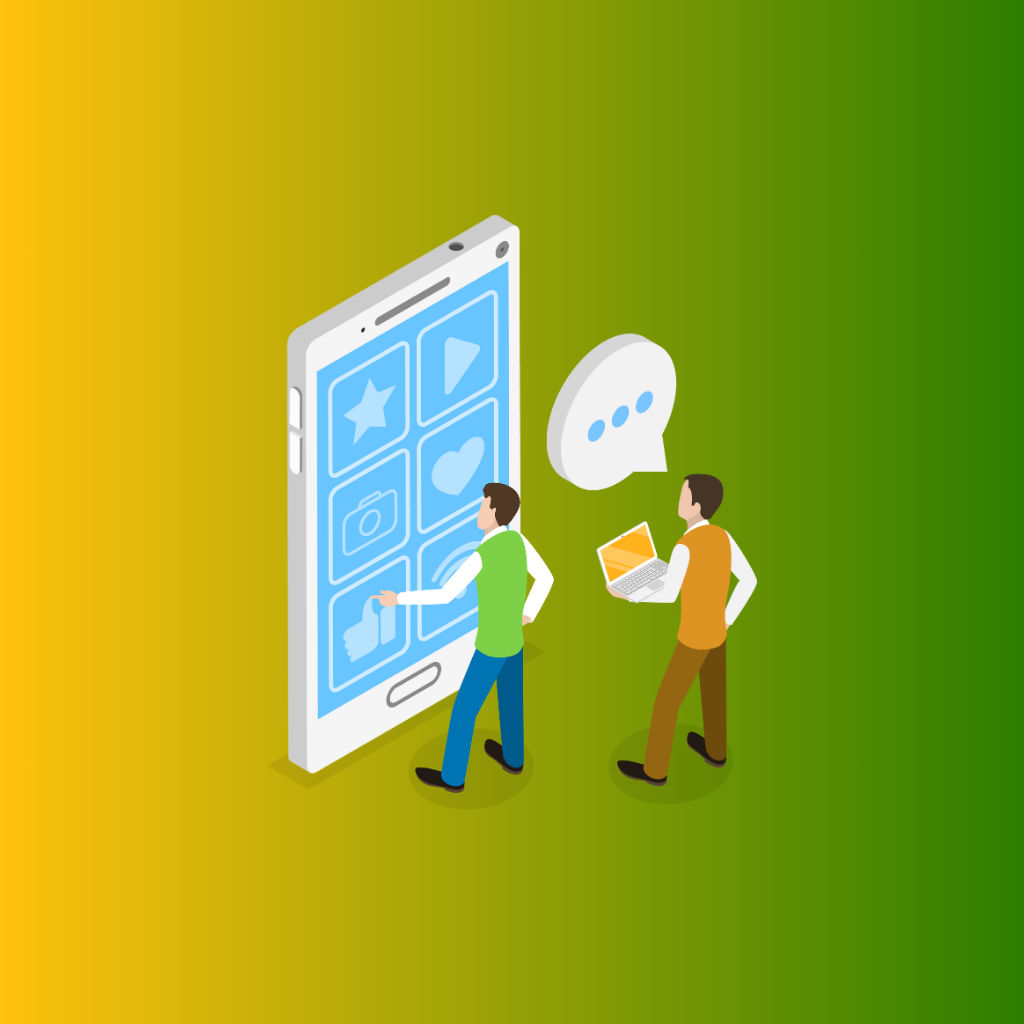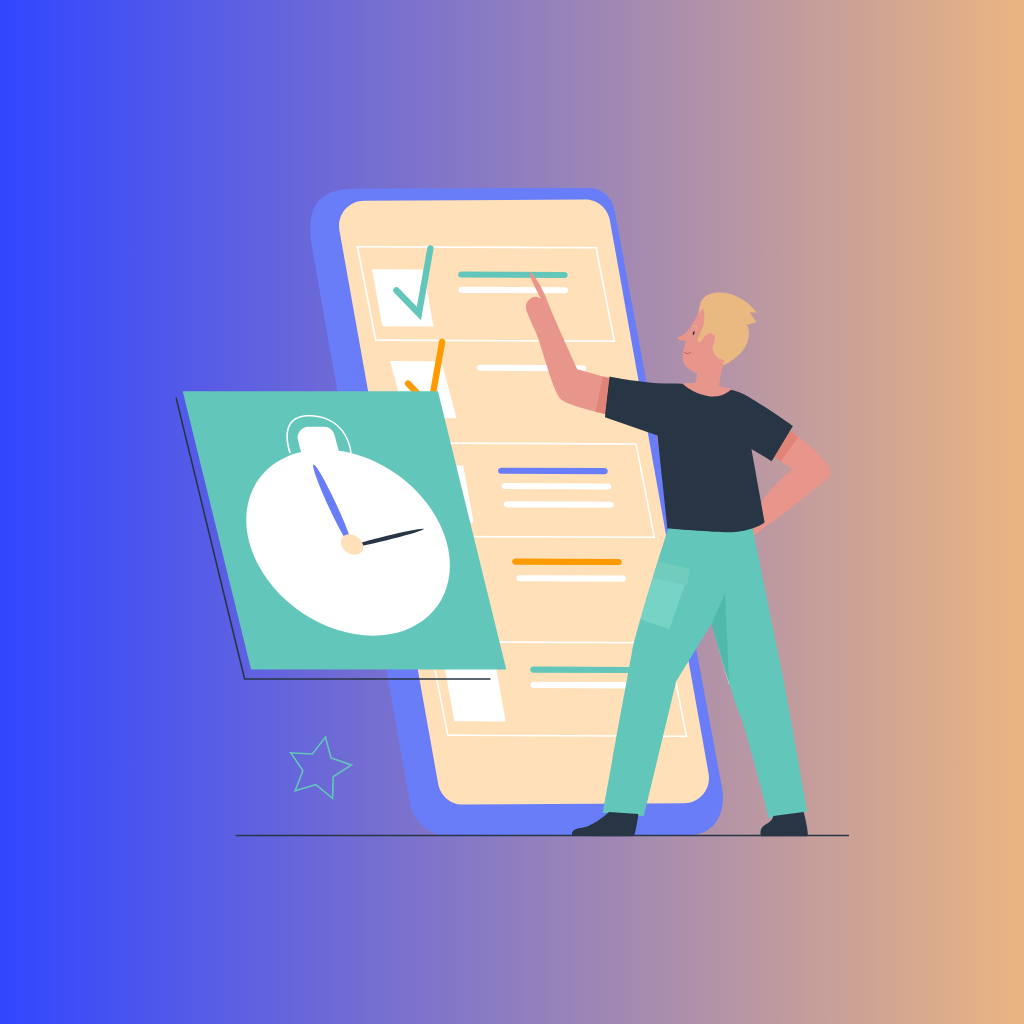Prototype testing is a crucial step in the product development journey. It involves creating a preliminary version of a product to evaluate its functionality, design, and user experience. This testing phase helps you spot potential issues and make necessary adjustments before committing to full-scale development. In an industry driven by innovation and rapid changes, skipping prototype testing can lead to costly mistakes and product failures. By thoroughly testing your prototype, you can identify weaknesses early and gather valuable feedback from users, which ultimately leads to a stronger, market-ready product.
How Validating Prototypes Can Save Time and Money?
Validating a prototype helps in managing both time and resources effectively. By identifying issues at an early stage, you can prevent major redesigns or feature overhauls later on, which are typically more expensive and time-consuming. This helps in minimizing the risk of developing features that users don’t want or understand. Overall, investing time in prototype validation can prevent costly errors, ensure better alignment with customer needs, and speed up the time to market.
Understanding Prototypes
What Is a Prototype?
A prototype is an early model of a product used to visualize and test the concept before actual development begins. It serves as a working draft that illustrates how the product will function, its design, and its overall flow. Prototypes can range from simple sketches or wireframes to interactive models that mimic the final user experience.
Types of Prototypes for Tech Projects
-
Low-Fidelity Prototypes
Low-fidelity prototypes are basic and often include sketches, wireframes, or paper models. They are intended to represent the broad structure and flow of a product without focusing too much on the details. Low-fidelity prototypes are great for exploring ideas quickly and allowing for rapid changes based on user feedback.
-
High-Fidelity Prototypes
High-fidelity prototypes are more detailed and closely resemble the final product in terms of design, functionality, and interactivity. They may include clickable buttons, realistic layouts, and more polished visuals. These prototypes are useful for conducting in-depth usability tests and gaining more specific feedback on the user experience.
Benefits of Prototype Testing
Identifying Design Flaws Early
Prototype testing allows developers and designers to identify and fix design flaws before investing in full development. Spotting usability issues or interface challenges early on can save significant time and effort later. Early detection also allows teams to address potential concerns that could negatively impact user experience or product functionality.
Gathering User Feedback
Getting user feedback is one of the most valuable aspects of prototype testing. Prototypes allow you to observe how real users interact with your product and collect feedback on what works well and what doesn’t. This feedback is critical for understanding user needs and ensuring that the final product is user-friendly and aligned with customer expectations.
Reducing Development Costs and Time
By validating a product’s concept early, you can avoid expensive and time-consuming changes down the line. Prototype testing ensures that major issues are addressed before full-scale development begins, significantly reducing the risk of costly rework, launch delays, or even market failure.
Steps for Effective Prototype Testing
Defining Clear Objectives
To conduct successful prototype testing, you need to establish clear objectives. What do you want to achieve from this test? Are you focusing on usability, design, feature functionality, or all three? Clear objectives help guide the testing process and ensure that the feedback you receive is actionable.
Choosing the Right Testing Method
-
Usability Testing
Usability testing involves observing real users as they interact with your prototype to assess how easily they can use it. This method is ideal for identifying navigation issues, unclear instructions, or areas where users struggle.
-
A/B Testing
A/B testing allows you to compare two different versions of a prototype to determine which one performs better. It is particularly useful when you have multiple design ideas and need to evaluate which layout or flow provides a better user experience.
-
Remote User Testing
Remote user testing involves users testing the prototype from their location, which allows you to gather insights from a diverse audience. This method is effective for reaching users who may not be able to attend in-person tests and provides a more real-world scenario for how users would interact with the product.
Selecting the Right Users for Testing
Choose test participants that closely match your target audience. The right testers will provide feedback that reflects the needs and preferences of your future customers, making the feedback highly relevant and actionable.
Preparing Test Scenarios
Prepare specific tasks or scenarios for your users to complete during the test. These scenarios should reflect real-life situations that a user might encounter while using your product. Clear scenarios help testers understand what to do and provide more relevant feedback on the product’s usability.
Common Challenges in Prototype Testing
Handling Negative User Feedback
Negative feedback can be difficult to process, especially after putting significant effort into developing a prototype. However, it’s important to view negative feedback as an opportunity for improvement. Addressing these concerns early can prevent more significant issues down the line.
Avoiding Confirmation Bias
Confirmation bias occurs when teams seek out feedback that supports their preconceived ideas about the product. To avoid this, encourage open-ended feedback, remain objective, and consider all user insights—both positive and negative.
Managing Limited Resources
Prototype testing can be challenging with limited resources, such as time or budget. However, even simple testing with a small number of users can provide valuable insights. Use low-cost tools and methodologies to maximize the impact of your prototype testing efforts without straining your resources.
Tools for Prototype Testing
Best Tools for Creating and Testing Prototypes
-
Figma
Figma is an online tool that allows for real-time collaboration and easy prototyping. It’s well-suited for both low-fidelity wireframes and high-fidelity interactive models, making it versatile for various stages of prototype testing.
-
InVision
InVision is another popular tool that allows designers to create interactive prototypes and share them with team members or test participants. It also includes features for gathering feedback directly on the prototype, making it ideal for collaborative testing.
-
Adobe XD
Adobe XD offers powerful tools for creating and testing interactive prototypes. It supports integration with other Adobe products, which is helpful for teams already using Adobe's design tools.
Choosing the Right Tool for Your Needs
Choosing the right prototyping tool depends on your needs and team preferences. For rapid prototyping and collaboration, Figma is often preferred, while InVision and Adobe XD are great for more refined, interactive models. Consider the learning curve, features, and integration options when selecting a tool that aligns with your goals.
Conclusion
Prototype testing is an essential part of the product development process. It ensures that your product meets user needs, minimizes risks, and identifies design flaws before they escalate into costly problems. Early validation through prototype testing gives you confidence in your product’s direction and ensures that you are on track to meet user expectations.
In the competitive world of tech, products that are thoroughly tested with real users before full development have a significant edge. By investing time in prototype testing, you create a user-validated product that addresses genuine needs and enhances the user experience. Remember, early testing and iteration are key to building a successful, user-friendly product that stands out in the marketplace.




